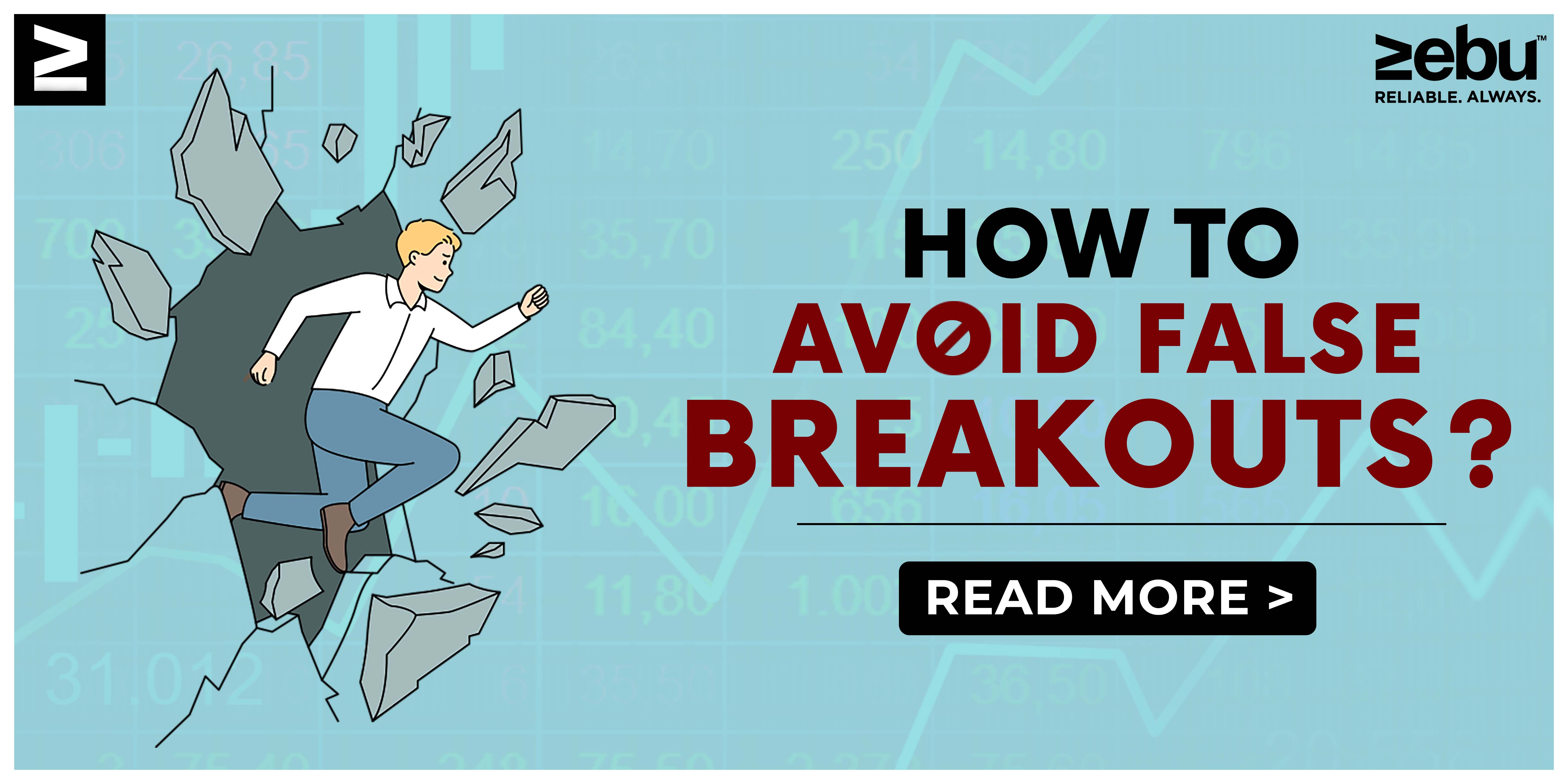
How can we avoid false outbreaks?
Since this is a problem that many traders face, it was also the reason we wrote this post. At first, trading breakouts may seem easy, but they quickly become hard to do in real time.
This article gives you five important tips for trading breakout setups with more success and confidence.
Let’s begin.
Rule 1: Change the map and look for patterns.
No trader knows for sure if a breakout will work or turn out to be a false break. As usual, the market decides what to do and what to say. We traders must listen and follow, NOT the other way around.
Many traders make the mistake of studying and making predictions about the markets, only to blame the market when their predictions don’t come true. Trading doesn’t operate like this.
The most likely path of least resistance, which acts as a road map for pricing, needs to be found over and over again. This is not a set path, and you have to keep improving it.
Also, keep in mind that chart patterns come first, and breakout trade ideas come after that. Learn and recognise all chart patterns, or at least the most common ones.
For example, if you know what a contracting triangle is and how it is expected to form five waves (ABCDE), you can figure out when to expect a real breakout.
Rule 2: Wait for breakouts with strong candlesticks
We can tell if a breakout is successful by looking at how strong the candle closes. When the candlestick closes close to the high or low, this is called a powerful candle closure.
How a breakout setup and a candlestick closure work together is as follows:
A strong bullish breakthrough is shown by a candle that closes close to the high.
When a candle closes close to the bottom, this is a strong sign that the price is going down.
The power can also be seen in the size of the candle. Compared to the other candles in that time frame, a big breakout candle is shown by a big candle, not a small one. Even though candle size is important, how close the candles are to each other is more important.
Rule 3: The break of the break
Traders love trading breakouts by focusing on a single time frame, watching for a drop, and then letting the trade develop. If you could see a pattern on a 4-hour chart, for instance, you would zoom in on a 1-hour chart and look for a smaller pattern to show up over that time. Why?
Because when price makes a pattern after a big breakout, it shows that the breakout is real. It shows that the price is in fact making a new correction after gaining momentum. Price psychology in the market suggests that this is a sign of more of the same.
If prices don’t form a pattern after the breakout, it’s likely that they will turn around and move quickly in the opposite direction. If that’s the case, the price is either making a false breakout or has hit a major support or resistance level and is now strongly going back up. In any case, it’s smart to stay outside.
Rule 4: Candle Close and Body Above the Support and resistance
Reviewing how market activity relates to the support or resistance (S&R) level is a good approach when employing moving averages and trend lines.
When the candle body is above the MA or trend line (50% is respectable), the breakout is at its finest.
By following these tips, you can avoid a significant amount of false breakouts. To open a demat account with Zebu and start trading breakouts today, please get in touch with us.
Leave a Reply